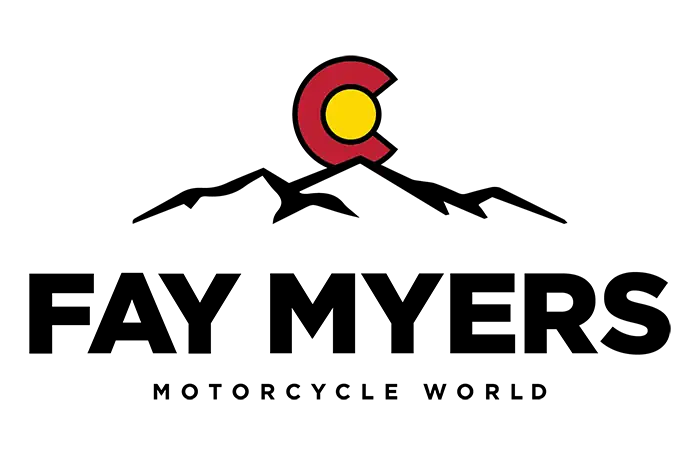Electric bikes (e-bikes) have become a popular choice for those seeking an efficient, eco-friendly mode of transportation. The heart of an e-bike’s performance lies in its motor, and understanding the types of e-bike motors is crucial in selecting the right e-bike for your needs.
In this guide, we will demystify the topic of e-bike motors, making it easy to figure out exactly which type is perfect for you.
What Do E-Bike Motors Do?
An e-bike motor is designed to augment the rider’s pedaling power, making it easier to travel longer distances, climb hills, and accelerate with less effort. The motor activates when you pedal or use a throttle, depending on the e-bike’s system, and provides a boost of power to the wheels. This assistance can be adjusted and even turned off, offering a customizable riding experience.
E-bike motors are powered by rechargeable batteries, making them an environmentally friendly option for commuting and leisure.
E-Bike Motor Types: The Basics
When it comes to e-bike motor types, there are three main categories: front hub, rear hub, and mid-drive motors. Each type offers distinct advantages and drawbacks, catering to different riding styles and preferences.
Let’s take a closer look at the various options, including the pros and cons of each type:
Front Hub Motors
Front hub motors, integrated into the front wheel’s hub, propel the bike by driving the front wheel. This setup offers a distinct riding experience and comes with its own set of advantages and disadvantages.
Pros of Front Hub Motors:
- Balanced Weight Distribution: The placement of the motor in the front and the battery, often in the rear, creates a balanced weight distribution across the bike. This balance can contribute to a more stable ride, especially when carrying cargo or navigating through city streets.
- Simplicity: The design of front hub motors is relatively straightforward. This simplicity means there are fewer components that could fail, reducing the likelihood of mechanical issues. It also simplifies the bike’s overall design, often leading to a more streamlined look.
- Cost-Effective: Front hub motors are generally more affordable compared to their rear hub and mid-drive counterparts. This cost-effectiveness makes them a great entry point for those new to e-bikes or for anyone looking for a budget-friendly option.
Cons of Front Hub Motors:
- Handling: With the motor in the front wheel, the bike’s handling can be affected, particularly on loose or slippery surfaces. This front-heavy propulsion can sometimes lead to a feeling of being pulled, which might require an adjustment period for new riders.
- Traction Issues: When climbing hills or riding off-road, front hub motors can sometimes struggle with traction. The motor’s pulling force may cause the front wheel to lose grip, especially in steep or challenging terrains, which could impact the rider’s ability to climb effectively.
Rear Hub Motors
Rear hub motors, located in the rear wheel’s hub, push the bike forward, offering a riding experience more similar to traditional bikes.
Pros of Rear Hub Motors:
- Natural Riding Experience: Rear hub motors provide propulsion from the back of the bike, offering a more traditional and natural cycling feel. This setup is particularly beneficial for those transitioning from a non-electric bike, as it mimics the familiar push of pedaling.
- Traction: The placement of the motor at the rear improves traction, especially noticeable when climbing hills or navigating uneven terrains. This increased traction makes rear hub motorbikes more capable in a variety of riding conditions.
- Regenerative Braking: Some models with rear hub motors feature regenerative braking systems. This technology captures energy during braking and feeds it back into the battery, slightly extending the bike’s range and improving overall efficiency.
Cons of Rear Hub Motors:
- Weight Distribution: The concentration of both the motor and often the battery at the rear can lead to a back-heavy weight distribution. This imbalance can affect the bike’s handling, especially when turning or maneuvering at low speeds.
- Complexity in Maintenance: The integration of the motor into the rear wheel can complicate maintenance tasks such as tire changes or wheel servicing. This complexity might require professional assistance, potentially increasing the long-term maintenance cost.
Mid-Drive Motors
Mid-drive motors, positioned centrally on the bike, power the crank directly and offer a balanced, efficient ride.
Pros of Mid-Drive Motors:
- Efficiency: Mid-drive motors are known for their efficient use of power. They excel on long rides and steep inclines, providing consistent power and making challenging terrains more manageable.
- Balance and Handling: The central location of the motor ensures excellent balance and handling. This setup contributes to a natural bike feel, with even weight distribution that benefits maneuverability and control.
- Smooth Power Delivery: Thanks to their integration with the bike’s gears, mid-drive motors offer smooth and intuitive power delivery. This harmonious integration allows for a more natural cycling experience, with seamless transitions between different levels of assistance.
Cons of Mid-Drive Motors:
- Cost: Mid-drive motors are typically more expensive due to their complex design and integration into the bike’s frame. This higher cost can be a significant consideration for budget-conscious buyers.
- Maintenance: The sophisticated nature of mid-drive systems may necessitate more frequent maintenance. Additionally, repairs can be more intricate and might require specialized knowledge or a visit to a professional, potentially adding to the overall cost of ownership.
Which E-Bike Motor is Best for Me?
Choosing the right e-bike motor depends on your riding needs. For example, if you’re looking for a cost-effective option for city commuting, a front hub motor might be ideal. For those seeking a natural cycling experience, especially on varied terrains, rear hub motors are a great choice. If you’re an avid cyclist who enjoys long, challenging rides, or you need a bike for steep terrains, a mid-drive motor offers the efficiency and power you need.
Once you understand the different types of electric bike motors, you can make an informed decision on your e-bike purchase, ensuring you enjoy every ride to its fullest. And if you still aren’t certain which option is the best e-bike motor for your needs, the knowledgeable team at Fay Myers Motorcycle World is always here to answer your questions and provide helpful guidance.
Browse Top-of-the-Line E-Bikes from Fay Myers Motorcycle World
At Fay Myers Motorcycle World, we offer a wide selection of e-bikes equipped with various motor types to suit your specific riding style and requirements. Our range includes bikes from renowned manufacturers fitted with a wide range of motor types. Whether you’re commuting, hitting the trails, or just enjoying a leisurely ride around town, our team can help you find the perfect e-bike with the ideal motor type for your needs.
Visit Fay Myers Motorcycle World to browse our full collection of e-bikes for sale and discover your next ride today!
Image Credit: Shultay Baltaay / Shutterstock




